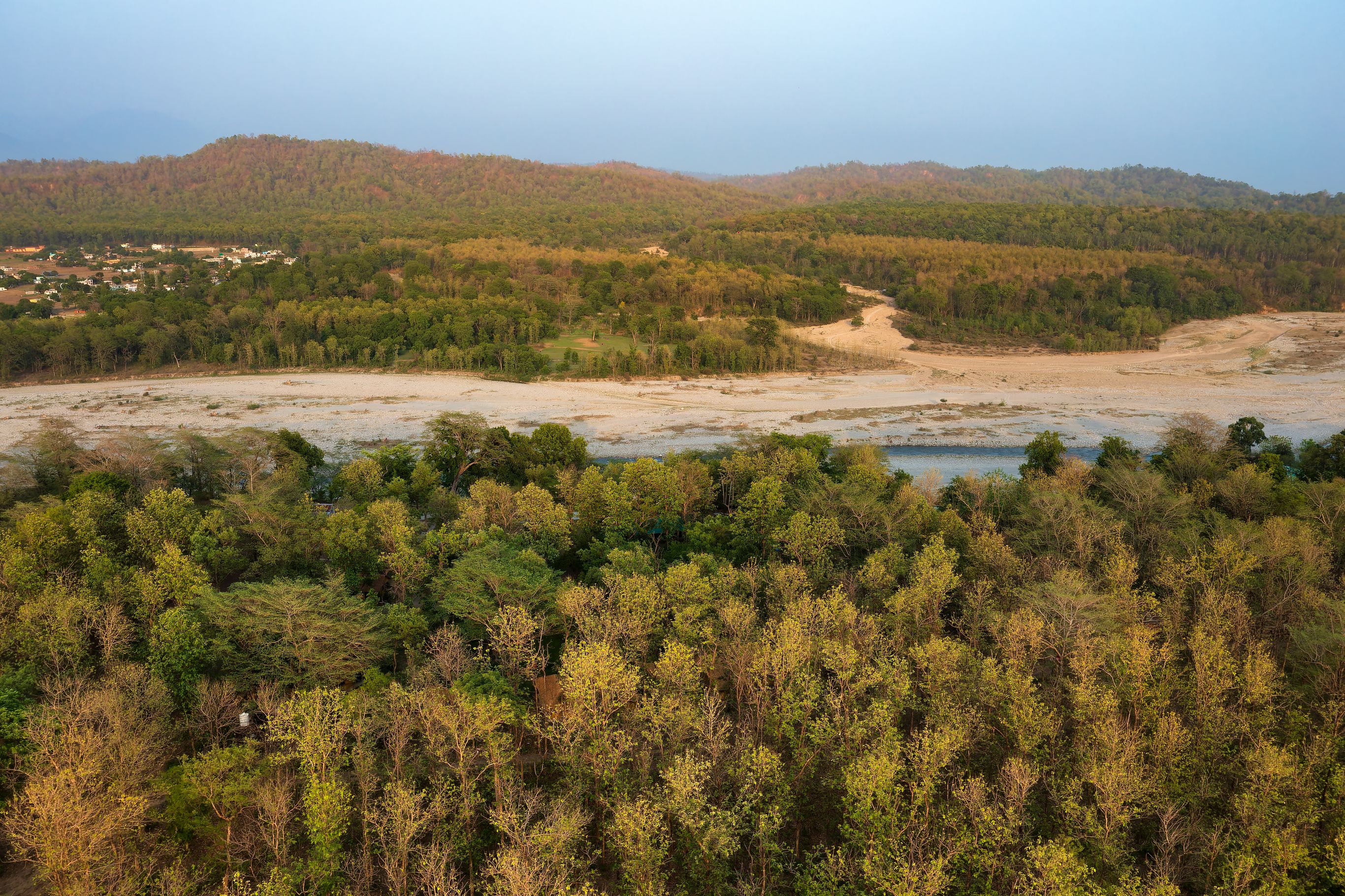Jim Corbett is one of the most legendary figures in India’s wildlife history. Born in 1875, he grew up near Nainital in the Kumaon region, surrounded by the forests and wildlife that later shaped his remarkable life. Corbett became famous for hunting man-eating tigers and leopards that terrorized villages in northern India. His deep understanding of the jungle and wildlife, combined with his bravery, made him a hero in the eyes of many.
Corbett’s story isn't just about hunting tigers but also about protecting them. In the early 20th century, India had a growing problem with man-eating tigers, which would kill villagers in remote areas. These tigers often became man-eaters due to injury or old age, making it difficult for them to hunt their natural prey. When villagers couldn’t defend themselves, they called upon Jim Corbett to help.
Among the most famous of these tigers was the Champawat Tiger, responsible for killing over 400 people in Nepal and India. In 1907, Corbett tracked the Champawat Tiger for days through thick jungles and hilly terrain, eventually bringing it down near the town of Champawat. This feat earned him great respect, and he continued to hunt down other man-eating tigers and leopards that had claimed hundreds of lives.
However, Corbett was not just a hunter; he was also a passionate conservationist. As he grew older, his views on wildlife changed. He realized the importance of preserving India’s magnificent tigers and natural habitats. He began advocating for tiger conservation and wrote books about his experiences, like "Man-Eaters of Kumaon", which became a bestseller worldwide.
In 1936, the first national park in India was established in Uttarakhand, and in 1957, it was renamed Jim Corbett National Park in his honor. Today, this park is one of the most important sanctuaries for Bengal tigers and other wildlife.
Jim Corbett’s legacy is one of both bravery and compassion. While he once hunted man-eaters to protect villagers, he also worked to ensure the survival of tigers in the wild. His life serves as a reminder of the balance between human safety and wildlife conservation, and he remains a beloved figure in India’s history of wildlife preservation.







